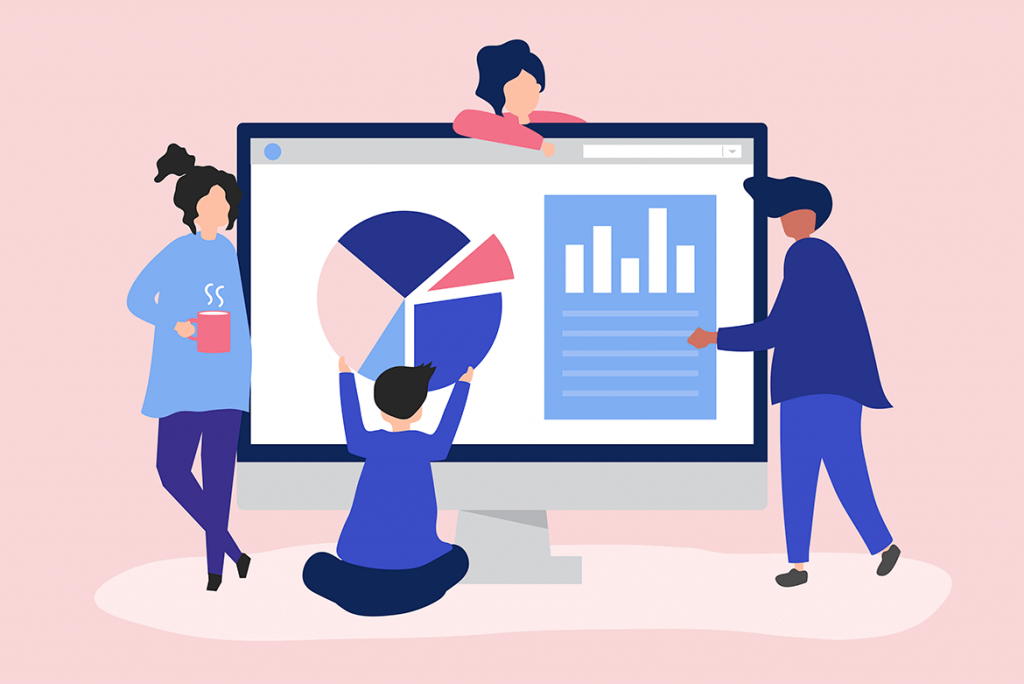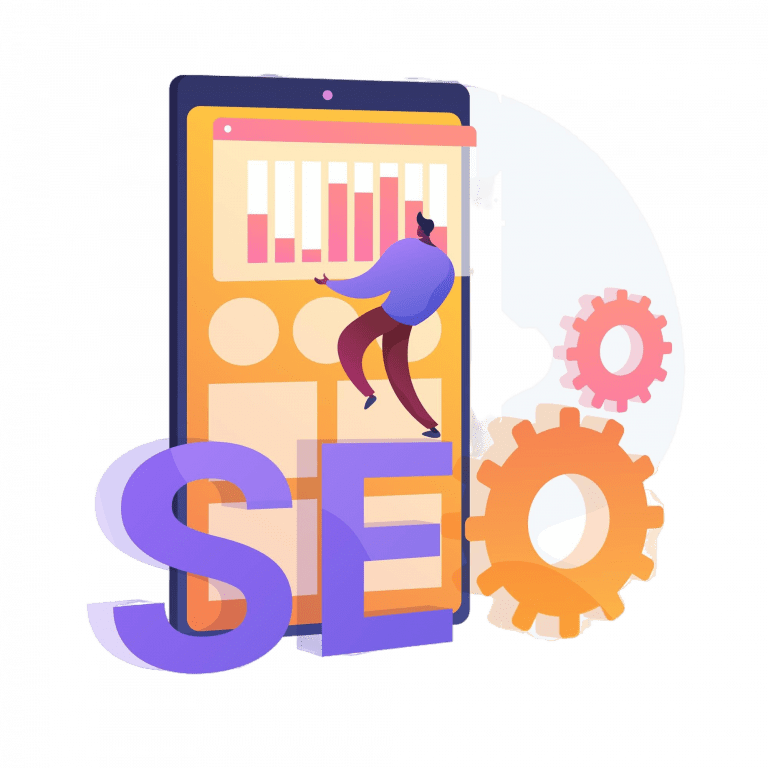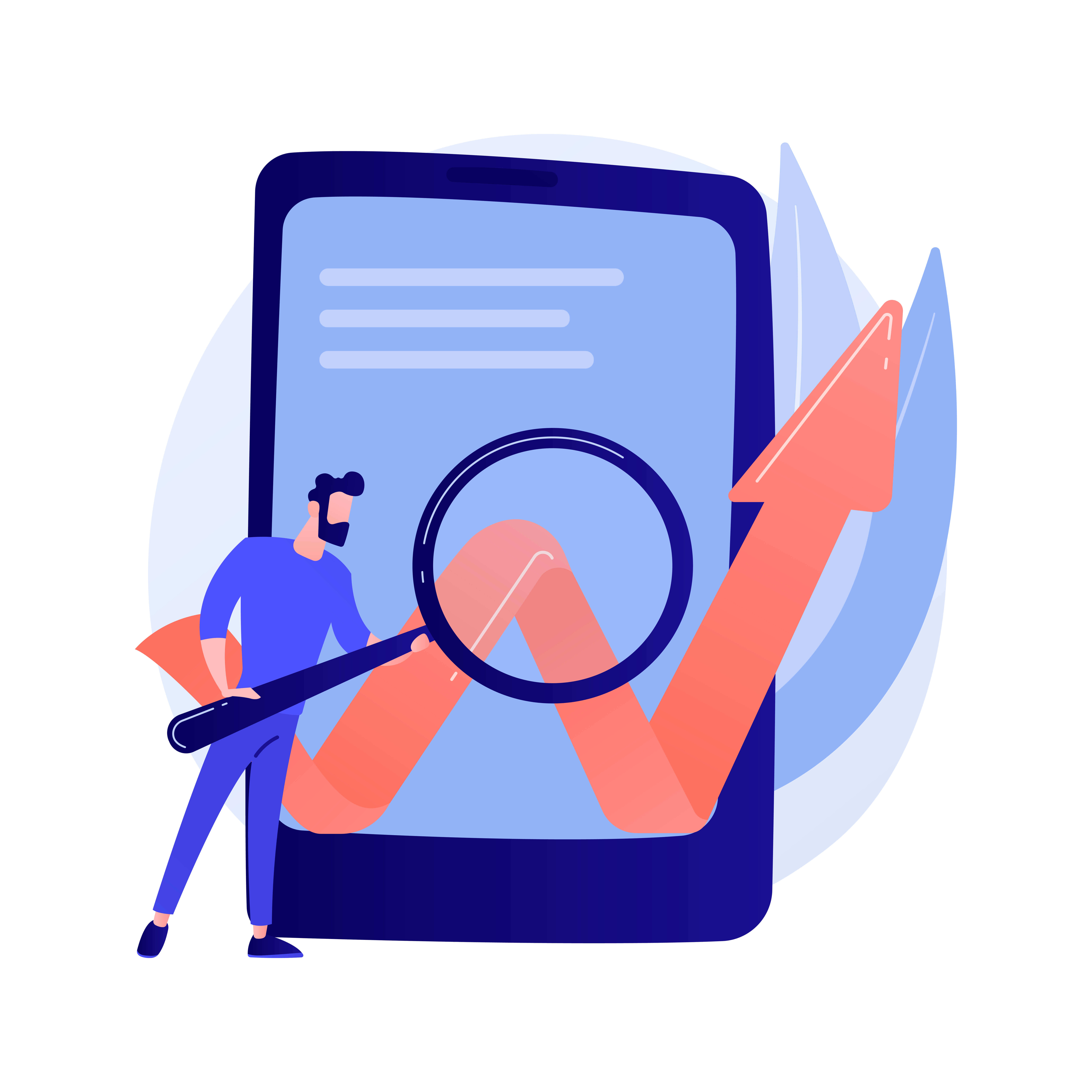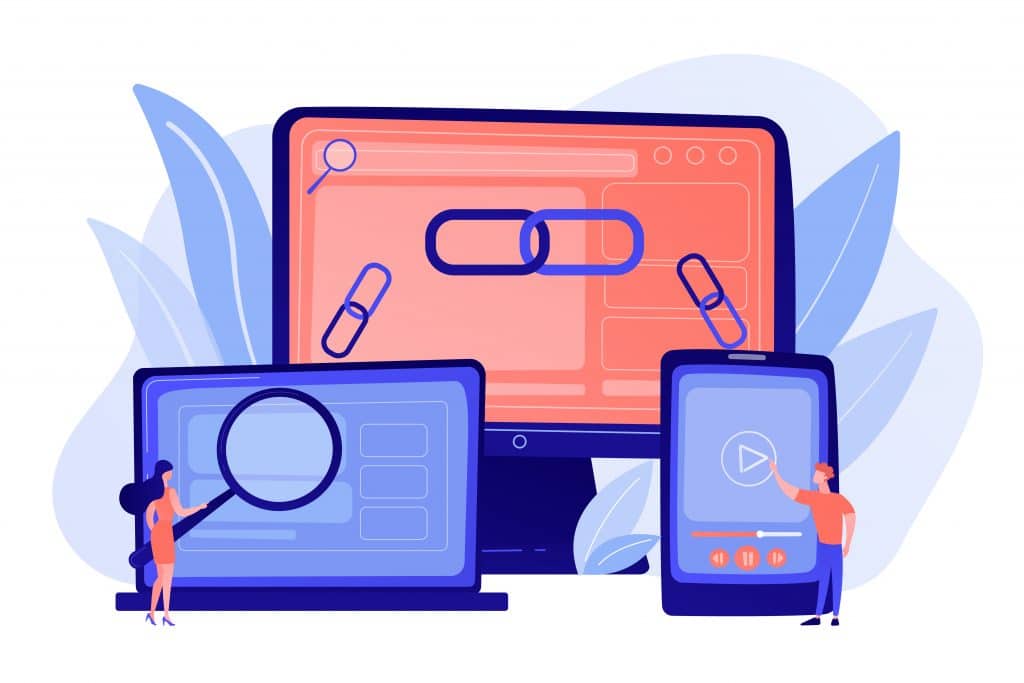Simple Ways To Optimize Your Website For SEO

Ultimate Guide to Boosting Your Website’s Google Ranking: Proven Strategies for 2024
Introduction
In the fast-paced digital world, Google ranking remains one of the most crucial indicators of online success. The higher a website ranks on Google’s search engine results page (SERP), the more visibility, organic traffic, and potential conversions it attracts. With billions of daily searches, the majority of users don’t look past the first page, making a strong Google ranking the ultimate goal for businesses and content creators alike. To secure a high Google rank, it’s essential to stay updated with effective SEO strategies, as search algorithms evolve regularly. This guide will provide a step-by-step approach to improving your Google ranking, from optimizing on-page elements to leveraging backlinks and advanced content strategies.
What Is Google Ranking?
Google ranking represents the position your website holds in Google’s search results for a specific query. Google uses a sophisticated algorithm that evaluates many elements, such as relevance, content quality, and user engagement, to determine where a site should appear in the search results. The closer your site aligns with Google’s ranking criteria—providing valuable content, meeting technical requirements, and acquiring high-quality backlinks—the higher it can rank. To understand how Google determines rankings, you need to dive into each factor that influences the SEO landscape.
Key Factors Influencing Google Ranking
While Google’s precise ranking algorithm remains undisclosed, SEO experts have identified several critical elements that directly affect website ranking:
- Content Quality and Relevance: Google prioritizes content that fully addresses user queries with valuable, accurate information.
- On-Page SEO: Optimizing title tags, meta descriptions, headers, and keyword placement is foundational to ranking.
- Backlinks: High-quality links from authoritative sites add credibility and improve ranking.
- Technical SEO: Elements like site speed, mobile optimization, and security (SSL) play a key role.
- User Experience (UX): Metrics like bounce rate, session duration, and usability signal content satisfaction to Google.
In the following sections, we’ll examine each of these factors and provide actionable strategies to improve your Google ranking.

On-Page SEO: A Quick Win for Better Rankings
On-page SEO involves optimizing content and HTML elements on your site to make it more search engine-friendly. Here’s how you can start enhancing your website’s on-page SEO:
Optimizing Title Tags and Meta Descriptions
The title tag is the clickable headline displayed in search results, which significantly influences ranking. Place your primary keywords at the beginning of your title to signal relevance to Google. For instance, if your page is about “How to Rank Higher on Google,” ensure those words are near the start.
Meta descriptions should provide a concise summary of your content, compelling users to click. While meta descriptions aren’t direct ranking factors, they can impact your click-through rate (CTR), a critical SEO metric.
Structuring Content with Headers
Using headers (H1, H2, H3) creates a logical structure for both users and search engines. This hierarchy improves readability and aids Google in understanding the content’s context. Include LSI (Latent Semantic Indexing) keywords in these headers for enhanced relevance. LSI keywords are related terms that add context without overloading the primary keyword.
Optimizing Title Tags and Meta Descriptions
The title tag is the clickable headline that appears in Google’s search results, and it plays a crucial role in ranking. Frontloading keywords—placing them at the beginning of your title—signals to Google the relevance of your content. For example, if your page focuses on “How to Rank Higher on Google,” make sure those words appear at the beginning of the title.
Meta descriptions should act as a compelling summary of your content, encouraging users to click. Though meta descriptions aren’t a direct ranking factor, a well-crafted description improves your click-through rate (CTR), which Google does take into account.
Headers and Content Structure
Use headers (H1, H2, H3) to structure your content logically, making it easier for both users and search engines to understand. This hierarchy not only improves readability but also helps search engines index your content effectively. Be sure to include LSI keywords (Latent Semantic Indexing), which we’ll cover in more detail next, to enhance the relevance of your content.

The Role of LSI Keywords in SEO
Latent Semantic Indexing (LSI) keywords are terms related to your main keyword that add context, helping search engines grasp the nuances of your content. For example, if your primary keyword is “Google ranking strategies,” LSI keywords could include “SEO tactics,” “organic traffic growth,” and “improve website visibility.”
Using LSI keywords helps avoid keyword stuffing, which can lead to penalties, and enriches your content with varied terminology to capture a wider audience.
Finding LSI Keywords
To find LSI keywords, use Google’s autocomplete feature by typing in your main keyword and viewing suggested terms. Tools like LSIGraph and SEMrush can also generate LSI keywords related to your topic.
How to Find LSI Keywords
One of the simplest ways to find LSI keywords is by using Google’s autocomplete feature. When you begin typing your main keyword into Google’s search bar, the suggested terms that pop up are often great LSI keywords. Additionally, tools like Semrush or LSIGraph can help you identify related terms that users commonly search for alongside your primary keyword.

Conducting a Comprehensive Technical SEO Audit
Technical SEO involves optimizing the backend of your site to ensure search engines can crawl, index, and interpret your pages correctly. Even the best content may struggle to rank if technical SEO issues exist.
Common Technical SEO Issues
- Broken Links: Broken internal or external links lead to poor user experience. Regularly audit your site to fix or remove broken links.
- Crawl Errors: Use Google Search Console to detect and resolve crawl errors.
- XML Sitemaps: Update and submit your XML sitemap to Google to help search engines discover all pages.
Page Speed and Core Web Vitals
Page speed is a crucial ranking factor. Use tools like Google PageSpeed Insights or GTMetrix to identify speed improvements. Google’s Core Web Vitals add new metrics, such as:
- Largest Contentful Paint (LCP): Measures loading time of the largest visible element.
- First Input Delay (FID): Assesses interactivity.
- Cumulative Layout Shift (CLS): Ensures stable page loading.
Meeting these benchmarks improves user experience and can boost your ranking.
The Importance of Mobile Optimization

Since Google shifted to mobile-first indexing, your site’s mobile version is prioritized over desktop. Given that over 50% of traffic now comes from mobile devices, optimizing for mobile is essential.
Key Mobile Optimization Techniques
- Responsive Design: Ensure your website adapts to different screen sizes.
- Simplified Navigation: Minimize drop-downs and nested menus.
- Touch-Friendly Buttons: Size buttons for touchscreens to prevent user frustration.
- Accelerated Mobile Pages (AMP): Implement AMP for faster mobile loading, enhancing both user experience and ranking potential.
By focusing on mobile optimization, your site not only ranks higher but offers a user-friendly experience, a key goal for Google.
Why Backlinks are Critical for Ranking

Backlinks are among the most impactful ranking signals. Each backlink from a reputable website serves as an endorsement of your content’s quality and authority. However, backlink quality is more important than quantity.
Building High-Quality Backlinks
- Guest Blogging: Write for authoritative sites in your niche to gain backlinks and exposure.
- Linkable Content: Create content others want to link to, such as research, infographics, or guides.
- Industry Outreach: Connect with influencers to increase the chances of backlinks.
- Fix Broken Links: Find broken links on relevant sites using tools like Ahrefs and offer your content as a replacement.
High-quality backlinks from authoritative sites boost credibility, improving ranking. Avoid spammy links, as they can lead to penalties.
Creating Long-Form Content to Boost Rankings

Long-form content provides depth, helping answer users’ questions comprehensively. Studies show that content exceeding 1,400 words tends to rank higher on Google.
Benefits of Long-Form Content
- Extended Dwell Time: Users spend more time on detailed content, a positive signal to Google.
- Keyword Opportunities: Long-form articles can naturally incorporate more keywords.
- Enhanced Backlink Potential: Valuable, in-depth content is more likely to receive backlinks.
- Authority Building: Long-form content establishes expertise.
To create effective long-form content, thoroughly research the topic, address various aspects, and use subheadings, bullet points, and visuals for better engagement.
Faq
Freequently Ask
Questions
How long does it take to see improvements in Google ranking?
SEO is a long-term strategy, and it usually takes 3 to 6 months to see noticeable improvements in rankings, depending on your industry and competition.
There isn’t a single factor, but a combination of content quality, backlinks, and technical SEO are the most important drivers of good rankings.
While social signals like shares and likes don’t directly affect rankings, they can lead to more traffic and backlinks, which indirectly help your SEO.
You should aim to update your content every 6 to 12 months, especially for high-performing pages that you want to maintain at the top of search results. Fresh content signals to Google that your website is active and relevant, which can improve rankings.
While backlinks are one of the most powerful ranking factors, it is possible to rank on the first page of Google without them, particularly for low-competition keywords. However, in highly competitive industries or for broader search terms, building backlinks will be crucial to achieving and maintaining high rankings.
While there is no set rule, research shows that content with 1,500 to 2,500 words tends to perform better in search rankings. Longer content typically provides more in-depth information, which Google prioritizes when it comes to ranking pages.
No, meta descriptions do not directly affect your website’s ranking. However, well-crafted meta descriptions can improve your click-through rate (CTR), which is a behavior-based signal that Google uses to assess the quality of a page.
Page speed is a direct ranking factor. A slow-loading website can lead to a poor user experience, causing users to bounce quickly, which in turn signals to Google that your site may not be meeting user expectations. Aim for your site to load within 2 to 3 seconds for optimal performance.
Yes, multimedia content like images and videos can improve user engagement, increase dwell time, and reduce bounce rates—all of which can positively influence your Google ranking. Optimizing your images and videos with proper alt text, captions, and compressed sizes also helps with SEO.
Conclusion
Improving Google ranking is a continuous process that demands consistent attention. By optimizing on-page elements, ensuring technical functionality, creating valuable content, and building high-quality backlinks, you can steadily rise in search rankings. Key strategies like mobile optimization, enhanced user experience, and adherence to Core Web Vitals all contribute significantly to better rankings.
Regularly updating content, utilizing internal links, and tracking progress through tools like Google Analytics and Google Search Console ensures sustained improvement. As Google’s algorithms evolve, delivering value to users remains the central goal. Focus on providing comprehensive, relevant, and engaging content, and you’ll achieve greater visibility and long-term SEO success.
Related Posts
Local SEO Checklist
Local SEO Checklist 2024: Step-by-Step Guide to Strengthen Your Local Search Presence IntroductionIn today's digital world, Local SEO has become an essential tool for small and medium-sized businesses...


